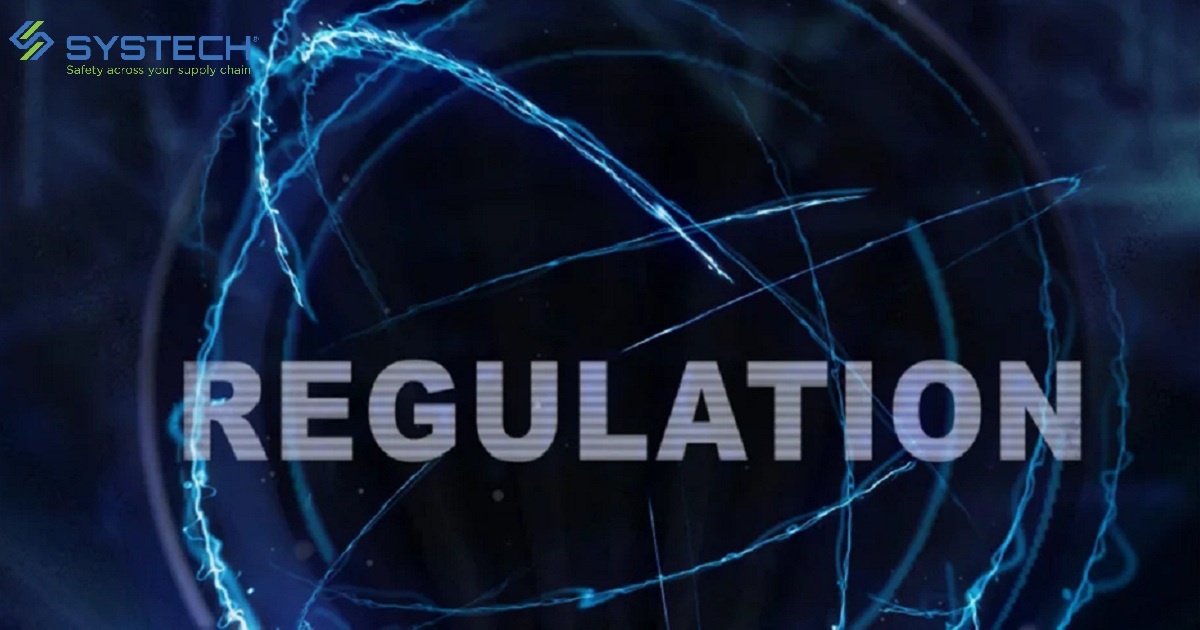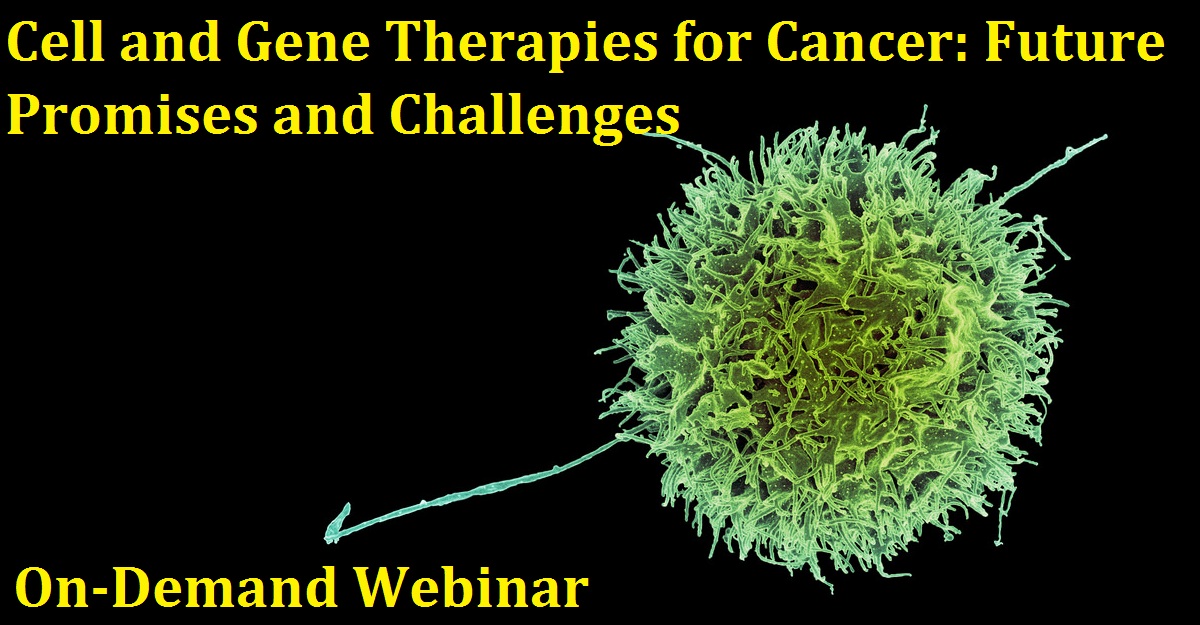
comparenetworks
Spray drying is one of the most remarkable technologies currently to be applied to pharmaceuticals. It is a continuous process that converts, in a single step, a liquid feed into a powder and is an ideal process when precise attributes such as particle size, morphology and stability are required.
Watch Now

systechone
Countries around the world continue to add serialization and track-and-trace requirements. Additionally, countries that have already reached compliance deadlines continue to modify future timelines and conditions, creating uncertainty.
Watch Now

Artificial intelligence (AI) - “getting computers to do things that normally require a human mind” - is routinely being put to good use when making pharma clinical development decisions.
Watch Now

Bio-Techne
The field of immuno-oncology has exploded in the clinic, in the press, and on Wall Street, particularly regarding the use of genetically modified immune cells to fight cancer. This “explosion” is largely due to the success of chimeric antigen receptor (CAR) T-cell therapy. The fields of immunology and gene therapy have converged to harness recombinant viruses to deliver “living drugs” with remarkable clinical efficacy, especially for patients with blood cancers. Multiple approaches to engineering immune cells mostly T cells but also other immune cell types make use of CARs, while tumor-specific T-cell receptors continue to gain a foothold in the field, mostly for the treatment of solid tumors. Several genome-editing approaches are now available, including established technologies such as zinc-finger nucleases, and newer modalities like the CRISPR/Cas9 system. These methodologies have recently been applied to augment the antitumor efficacy of adoptively transferred cells in the clinic by knocking out negative regulatory molecules such as PD1.
Watch Now